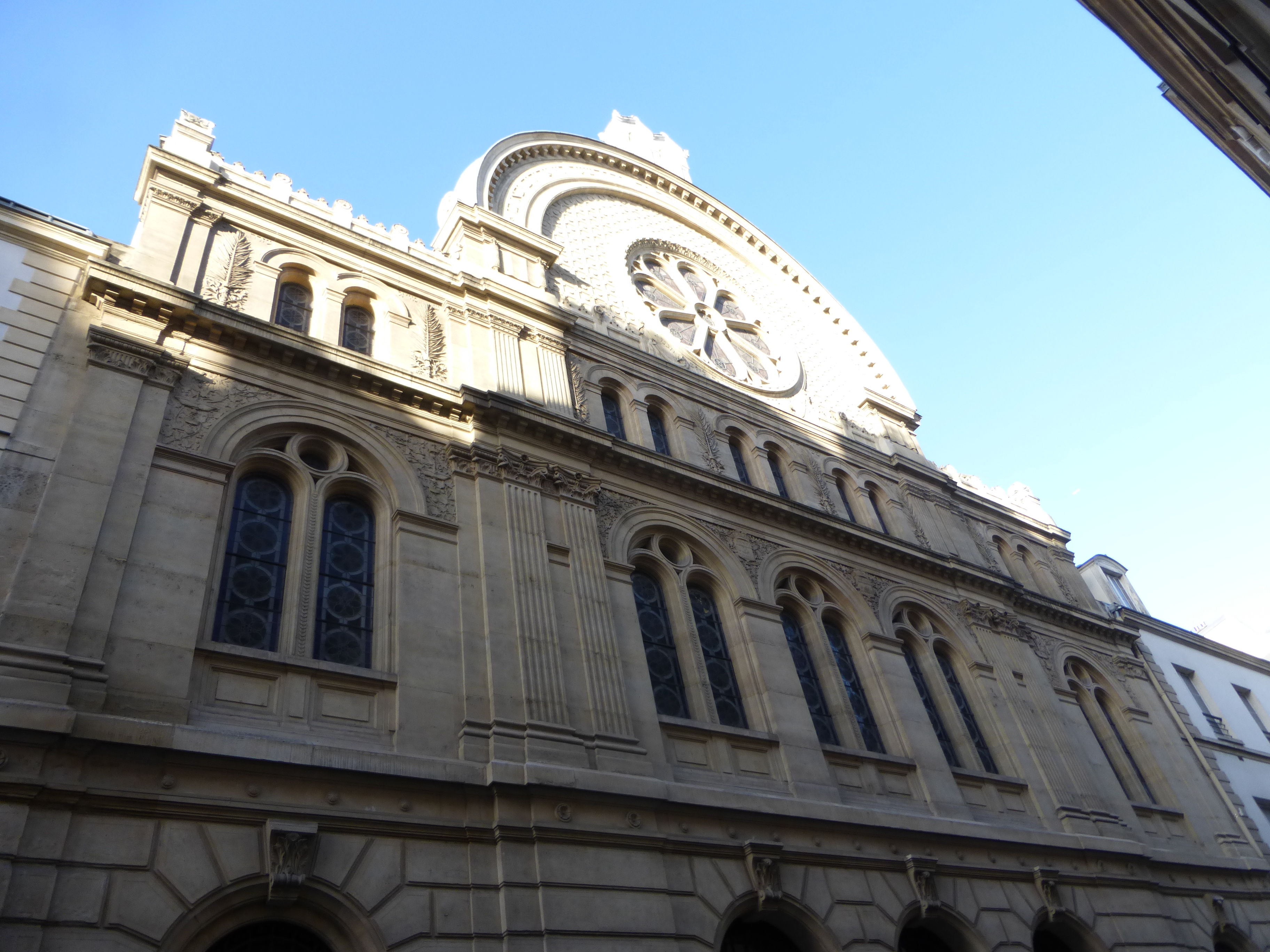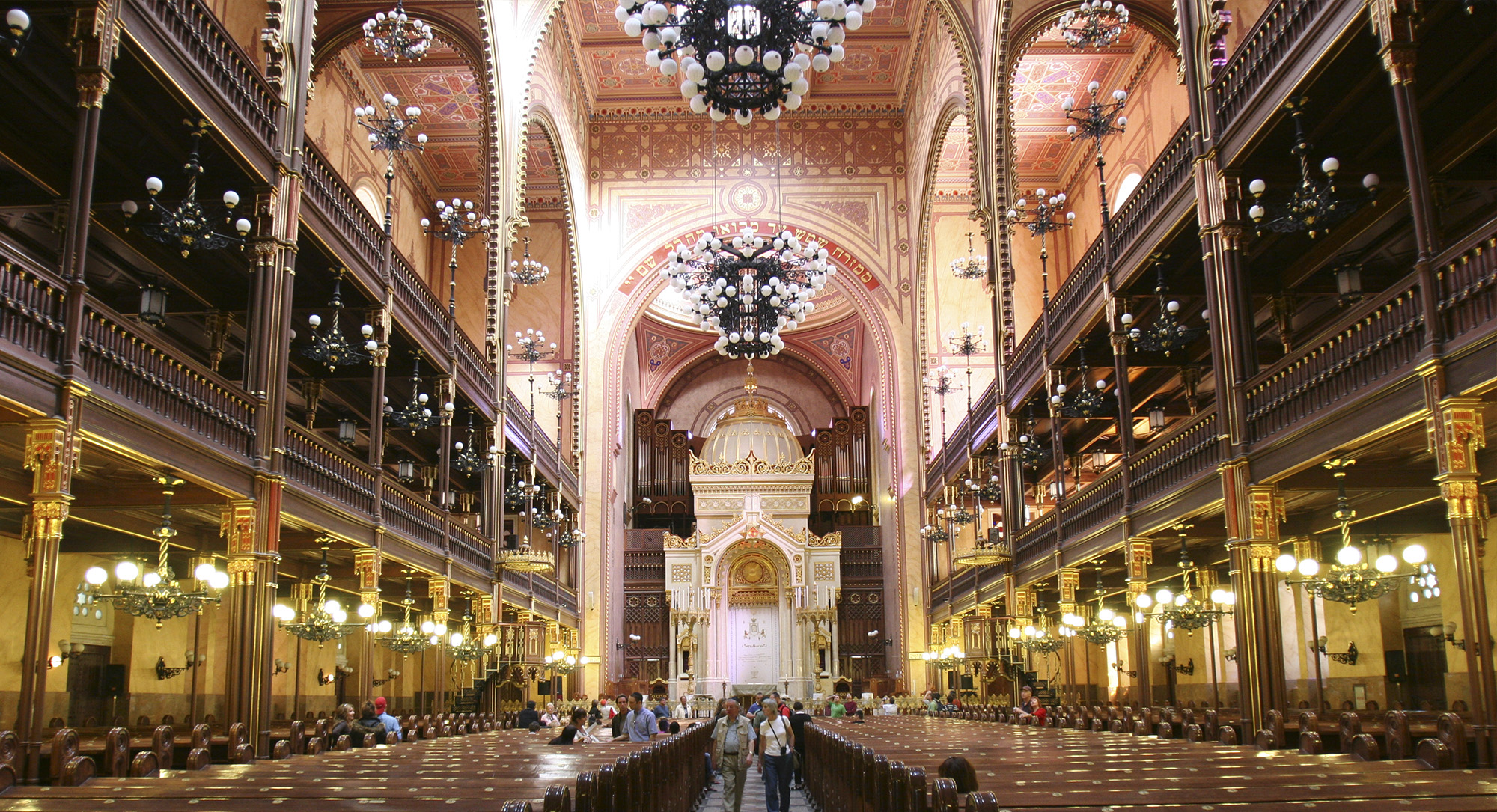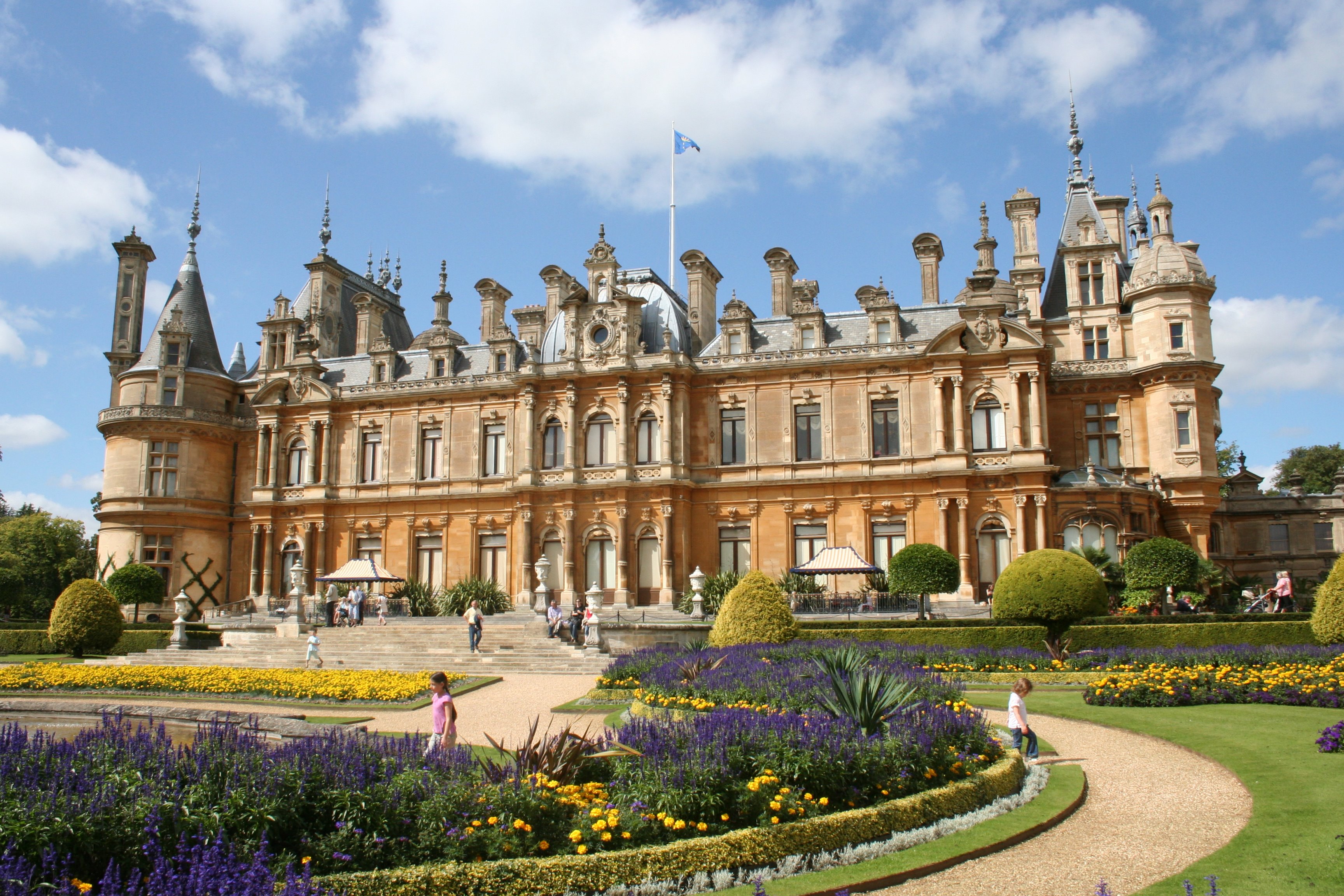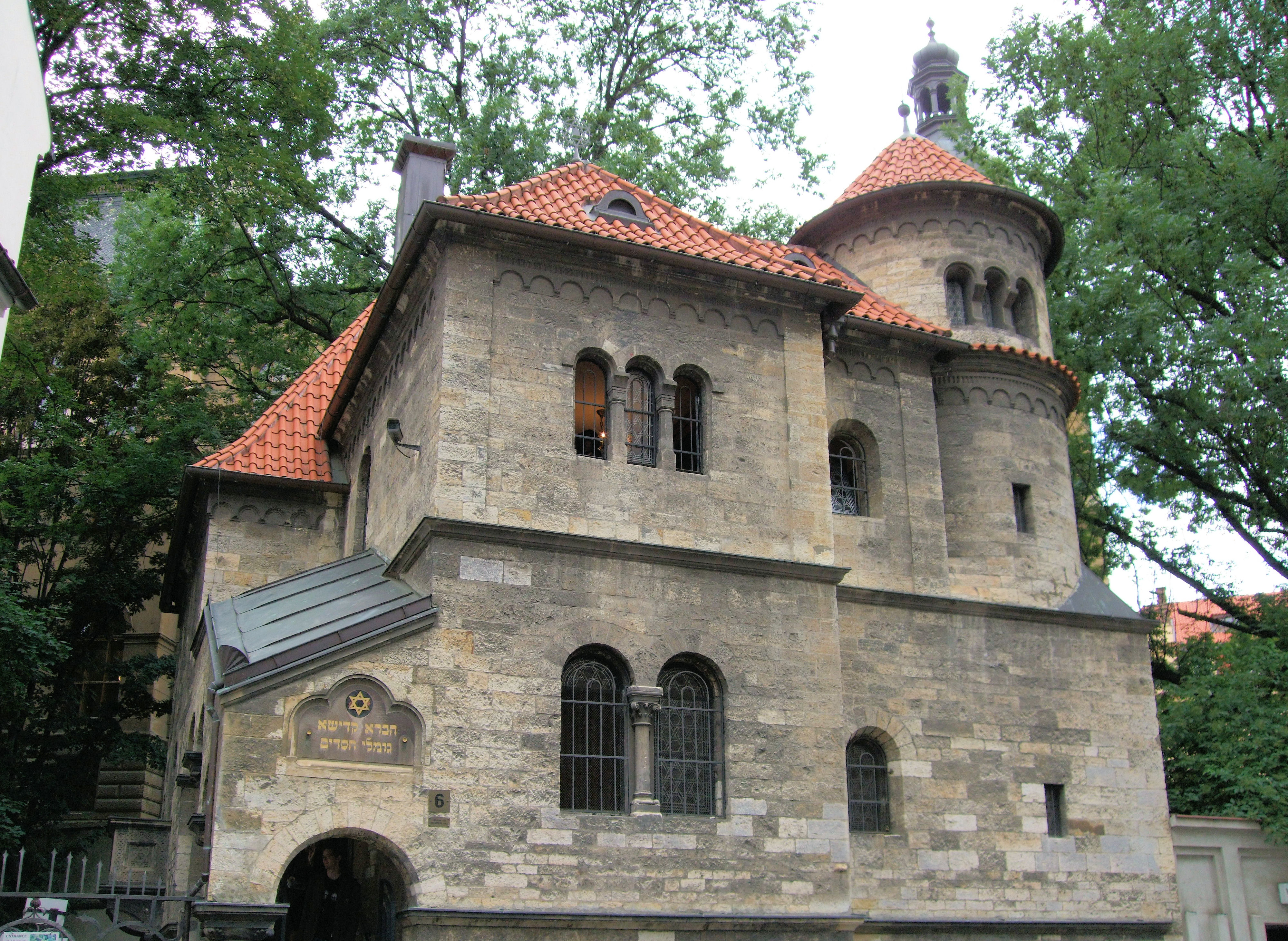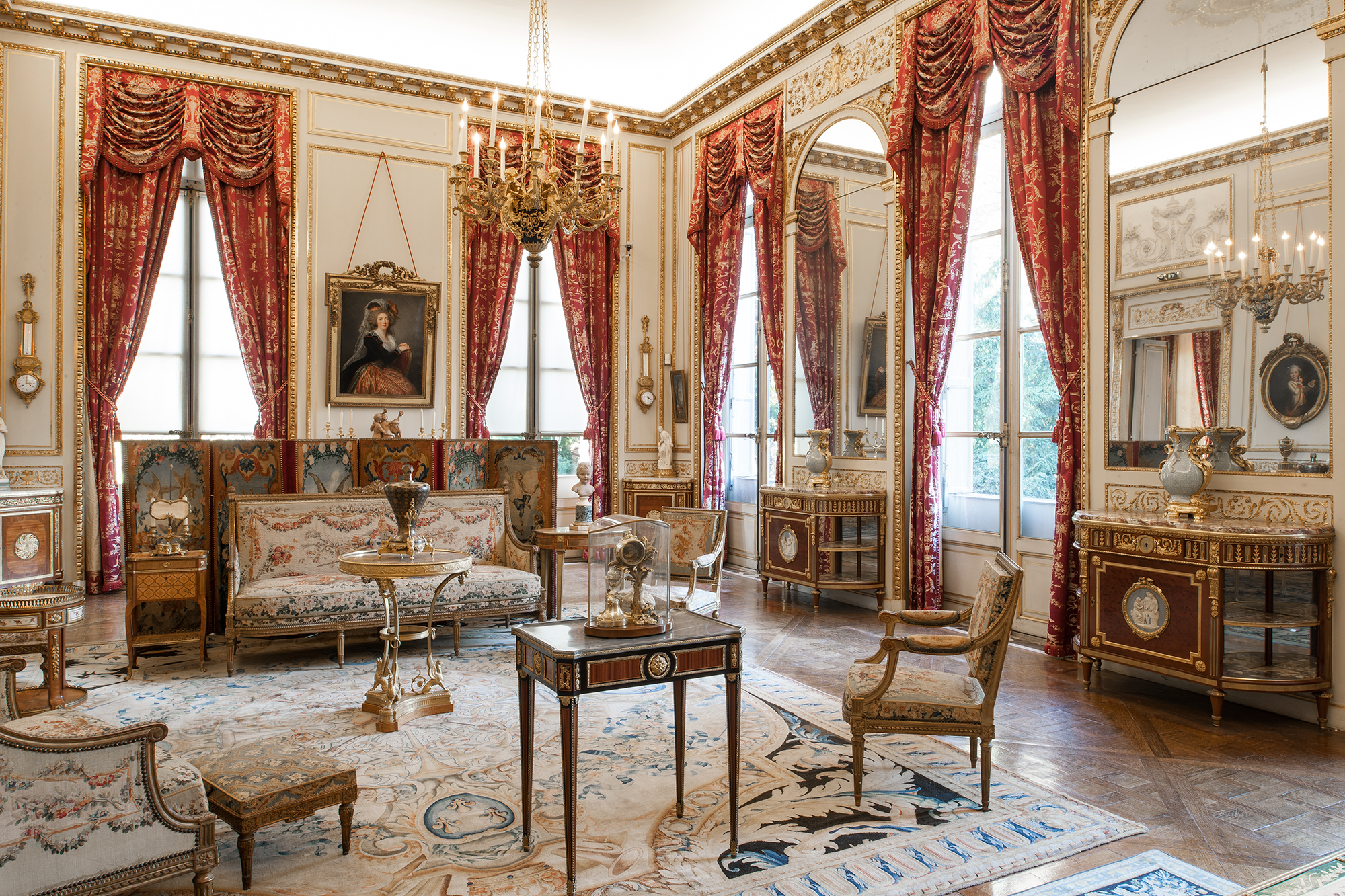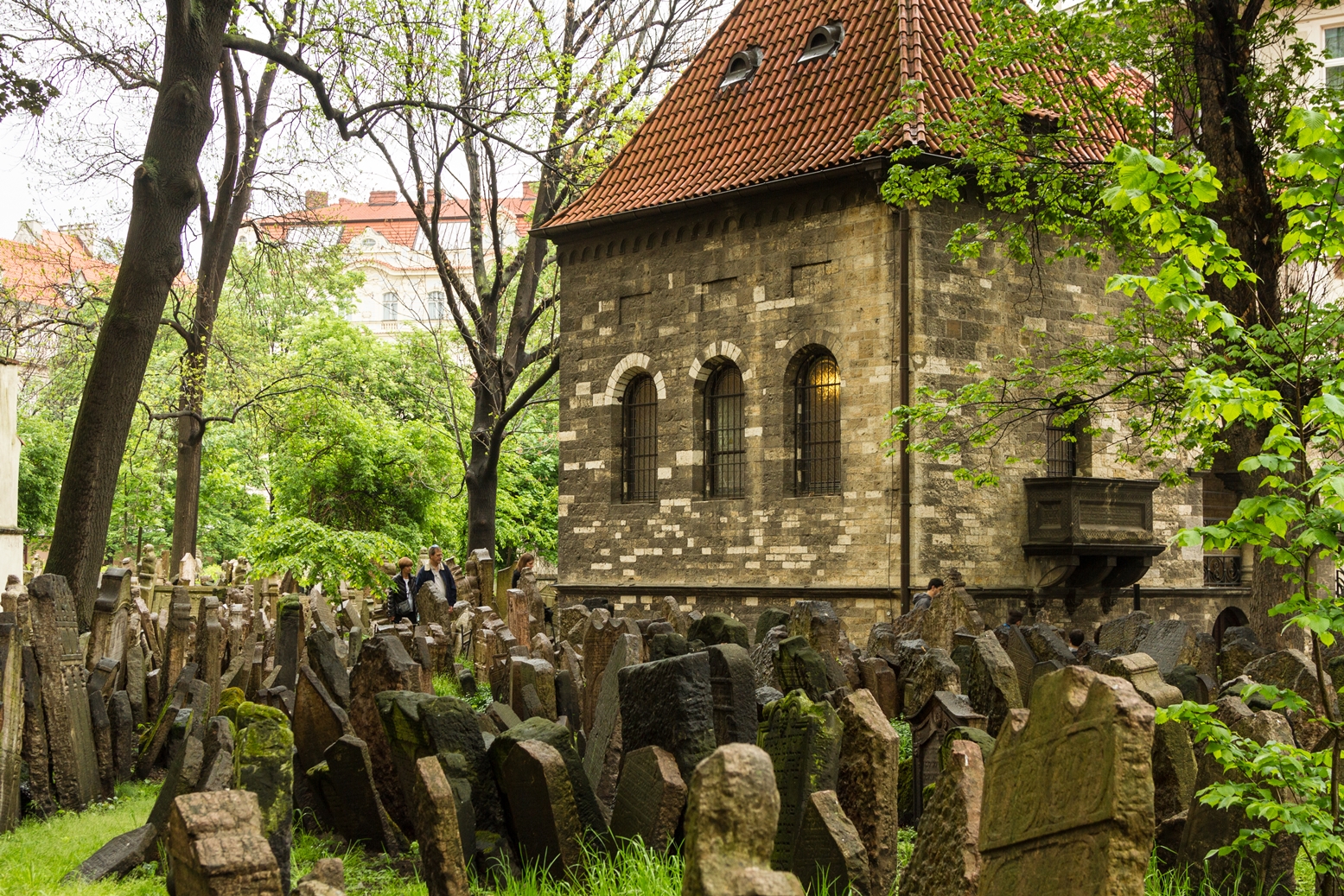Prague, known as “the Golden City,” is the capital of the Czech Republic and ancient Bohemia. Prior to the Holocaust, it was one of the important Jewish centers in Europe for many centuries, with Jews in residence since 970 AD. Still, Jews knew persecution as early as the 14th century. After a rumor spread by the Prague clergy during Easter 1389 that Jews had desecrated the Eucharistic wafer, nearly the entire population of 3,000 was killed by the mob or endured forced conversions. One of the few survivors, Rabbi Avigdor Kara (who lived until 1439 and whose tomb is preserved in the Old Jewish Cemetery) wrote a moving elegy on the attack which is read every year in Prague on Yom Kippur.
Still, by the second half of the 15th century, the first Hebrew press was established in Prague. Though small, it gained a reputation around Europe, especially for its Passover Haggadah, which became a model for subsequent haggadot. In the 16th century, the Jewish ghetto became a center for mysticism during the Prague Renaissance. A few Jews became mathematicians, astronomers, geographers, historians and philosophers, participating in this cultural development.
During the reigns of Maximilian (1564-1576) and Rudolf II (1576-1612), there was a golden age for Prague Jewry, allowing a large number of scientists and intellectuals to assemble without impediments from the church. Jews obtained economic freedom and their culture flourished. One of the famous Jewish scholars and educators was Rabbi Judah Loew ben Bezalel, who published more than 50 religious and philosophical books. He is reputed to have created the legendary Golem—an artificial man made of clay, brought to life through magic and who acted as a guardian over Jews.

While Prague’s Jews prospered under the reigns of these emperors, they really came into their own during the rule of Hapsburg Emperor Joseph II (1780-1790), who issued the Edict of Toleration in October 1781, establishing religious tolerance. For the first time, Jews were able to participate in all forms of trade and commerce, and were encouraged to build factories and school systems. Jews appreciated this emperor so much, that they named the Jewish district, Josefov, after him. The ghetto was abolished in 1852 and became part of Prague.
By the end of the 19th century, Zionism had become popular in Prague among young professionals and students. By then, German was spoken widely among members of the Prague Jewish community and they produced a large body of internationally acclaimed literature. The most famous of these writers were Franz Kafka, Max Brod and Franz Werfel.
At the start of World War II, over 92,000 Jews lived in Prague, about 20% of the city’s population. With the Nazi occupation of Czech lands, at least two-thirds of the population perished in concentration camps. Only 26,000 members of the Czech Jewish community were able to escape and emigrate to the United States, South America, and Western Europe.
While the vast majority of Czech Jews were imprisoned in Terezin, 80 percent of those were deported to Auschwitz, Maidanek, Treblinka and Sobibor. Following the war, half of the 15,000 Czech Jews that remained emigrated to Israel.
With the fall of Communism and the election of Vaclav Havel as President of the Czech Republic, Jewish life gained a new prestige and resurgence. Diplomatic relations resumed with Israel, and the process of restitution of Jewish property began immediately. The ancient synagogues were reopened and restored, and became a permanent exhibition of the Jewish Museum. Today, in addition to its beautiful historic synagogues, Prague has three regularly functioning Orthodox synagogues. Although the community remains at under 10,000, it still has room for both a Conservative Congregation—Beit Praha—and a Reform community with several congregations, as well as the Beit Simcha community center. Today, the Jewish synagogues and museum of Prague remain one the city’s chief tourism attractions.
Jewish Quarter Walking Tour
On this historic walking tour, you will learn about the history of the thriving Jewish quarter of Prague, starting with the Old Jewish Cemetery—the oldest of its kind in Europe, with tombstones dating from the 15th to the late 18th century. Two of its most famous tombs are Rabbi Loew and Mordechai Maisel, a brilliant financier and philanthropist. Also on the tour is the Staranova Synagogue (Old-New Synagogue), originally built in 1270—it is the oldest extant synagogue in Europe with services still being conducted there. You will also see the Maisel Synagogue, now repository of Jewish ritual objects, and the Pinkhas Synagogue, open in 1492, where Franz Kafka once prayed with his family. Also on the tour are the Klausen Synagogue, now providing an exhibition space for old Hebrew manuscripts and prints, and the Spanish Synagogue, unique in its Moorish inspired design and architecture.
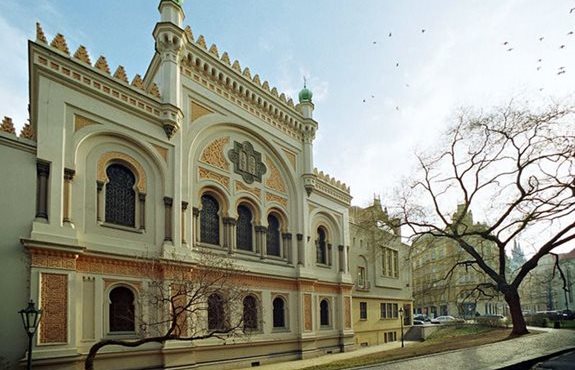
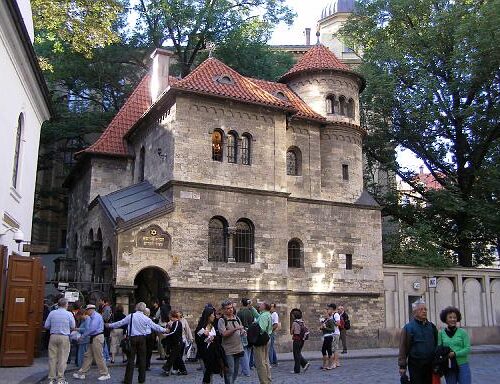
Prague Orientation and Sightseeing Tour
This is a general introductory tour to the Golden City, renowned worldwide for its beauty and charm. Unlike much of central Europe, so much of Prague’s past is preserved, and you can still see surviving buildings ranging from the earliest Slavic settlements over a thousand years ago, up to the post-modern edifices built since the fall of Communism. Your tour will include a visit to the largest castle complex anywhere in Europe, containing the spectacular neo-Gothic cathedral of St. Vitus, before heading down into the Little Quarter – the little winding streets of which are liberally studied with baroque and Renaissance era palaces and churches. Heading over the famous Charles Bridge, you will walk around the Old Town, with the chance to see the Astronomical Clock and climb the clock–tower for panoramic views of the city.
The Lobkowicz Collections
For art lovers and connoisseurs, we can arrange a private tour of the oldest, largest and most intact private collection in the Czech Republic, the Lobkowicz Collections, which reflects the cultural, social, political and economic life of Central Europe over six centuries. With the passage of the restitution laws in the early 1990s, it became possible for the Lobkowicz family to reassemble most of their extensive collections, making them available to the public in a family context after more than 50 years.
Encompassing almost every field, the collections feature world-famous paintings by the Brueghels, Canaletto, Bellotto, Cranach, Rubens,Velazquez and Veronese; Medieval and Renaissance works of art, ceramics spanning five centuries and exceptional arms and armor. It also includes the finest private library in Central Europe, as well as an unparalleled collection of musical instruments and autograph manuscripts by many of the greatest composers of the eighteenth and early nineteenth centuries, including Beethoven and Mozart. A must for any trip to Prague!

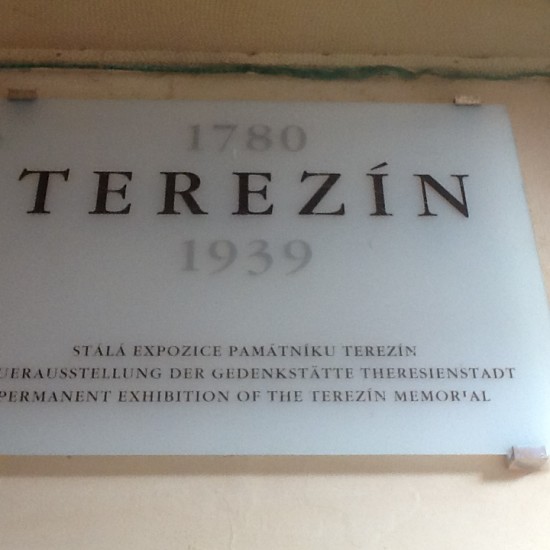
Terezin and Ustek Discovery Tour
Our private guided tour of the Terezin concentration camp, located 60 kilometers from Prague, will demonstrate why this was meant to be a “model” concentration camp—one that even passed the Red Cross inspections. Although Terezin acted as a transit center, more than 30,000 Jewish adults and children died in the camp. This tour will show you both the camp and the town of Terezin, including the small fortress – the prison for political offenders; a secret hidden synagogue used during the Holocaust and a gallery of artwork produced by inmates at the camp.
On the way back from Terezin you will visit Ustek–a lovely town in north Bohemia, much beloved of film-makers for its historical charm and well preserved architecture. It’s also home to a Jewish cemetery and a synagogue that has been recently restored by the Jewish Museum in Prague. There’s much more than this to see though, including the ‘Bird Houses’ – wooden homes partially carved out of the surrounding rock.
Karlovy Vary
In the days of the Austro-Hungarian Empire, Karlovy Vary (or Karlsbad as it was then known) was the playground of the rich and famous from all over Europe and even the United States. Hundreds of hot springs under the town turned it into a spa resort, a role it continues to fill today. Your tour will include a guided visit of the extravagantly decorated spa center, a visit to the exhibition of crystal art at the Moser Glass factory; as well as the headquarters factory of the famous Czech bitters– Becherovka.
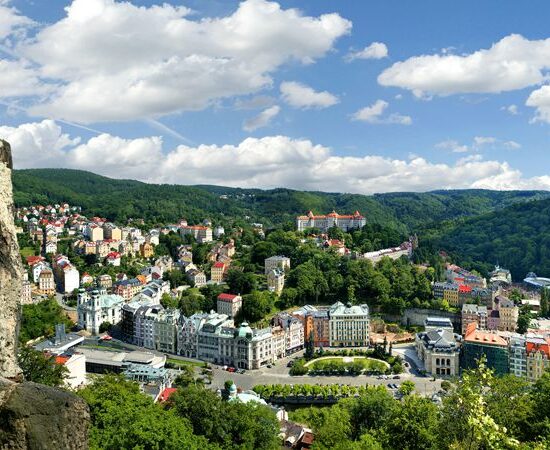
Cesky Krumlov
Cesky Krumlov, set in the midst of the rolling hills of Southern Bohemia, is a Unesco World Heritage site whose well-preserved architecture rivals the beauty of Prague. It is also the home to the second largest castle in the country. A highlight of our tour is a visit to this mighty Renaissance castle, once the seat of powerful lords, the Rožmberks and the Schwarzenbergs—whose legacy remains a rich collection of period furniture, Flemish tapestries and historical weapons. You will also have time to visit one of the best–preserved Baroque theatres in the world and the Zlata Koruna monastery, one of the country’s oldest religious institutions. An excellent lunch in a Medieval tavern is included on the tour, after which you will be able to stroll through the city’s quaint streets, lined with Gothic, Renaissance and Baroque houses, that once belonged to powerful noblemen. This day out in the Bohemian countryside truly makes for a unique experience.
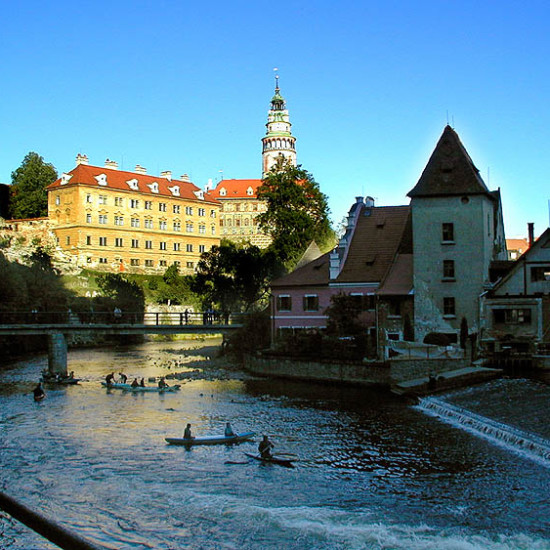
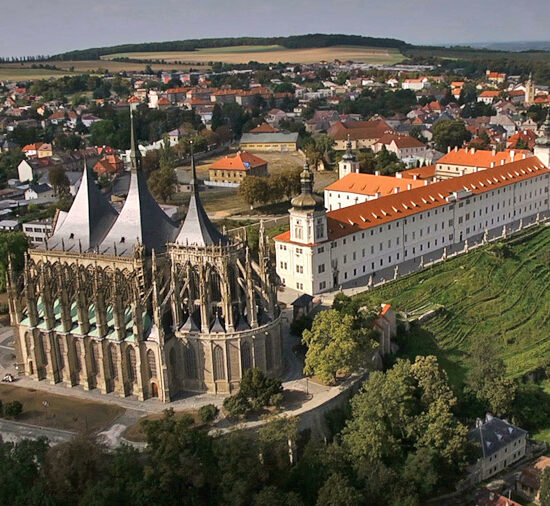
Kutna Hora and Kolin
Kutna Hora was once home to the most important silver mine in the Empire, and consequently a Royal Mint where much of the currency of the Hapsburg monarchy was produced. Today, this is a museum, which you can visit in conjunction with a tour of the imposing cathedral of St. Barbara which dominates the town. Kutna Hora is also home to the Sedlec Ossuary, better known as the ‘Bone Church.’ It’s decorated with the skeletons of over 40,000 people, which have been used to create a chandelier, a huge coat of arms and four towering pyramids. Near Kutna Hora is the town of Kolin, once one of the most important Jewish centers in Bohemia. Though the Jewish community these days is mostly long gone, the synagogue and cemetery are preserved, and open to the public.
Konopiste Castle and Karlstejn
Konopiste (Czech pronunciation: German: Konopischt). Here you will tour a three-story château about 50 km southeast of Prague, outside the city of Benesov. It has become famous as the last residence of Archduke Franz Ferdinand of Austria, heir of the Austro-Hungarian throne, whose assassination in Sarajevo triggered World War I. The bullet that killed him, fired by Gavrilo Princip, is now an exhibit at the castle’s museum. Part of the film The Illusionist, supposed to be the Prince’s castle in the movie, was filmed in Konopiste, which has been open to the public since 1971. Visitors can discover the residential rooms of Franz Ferdinand who was also an enthusiastic hunter, a large collection of antlers, the third largest European collections of armory and medieval weapons, a shooting hall with moving targets and a garden with Italian Renaissance statues and greenhouses. For those travelers who wish to know more, you can combine this day trip with a visit to an archetypical fairytale castle, established by Emperor Charles IV in 1348 in order to house the coronation jewels and relics. Known as Karlstejn, it is here that you will find the largest portrait gallery of Czech rulers anywhere in the world, as well as the replica of St. Wenceslas’ Crown, the traditional coronation crown of Bohemian kings.
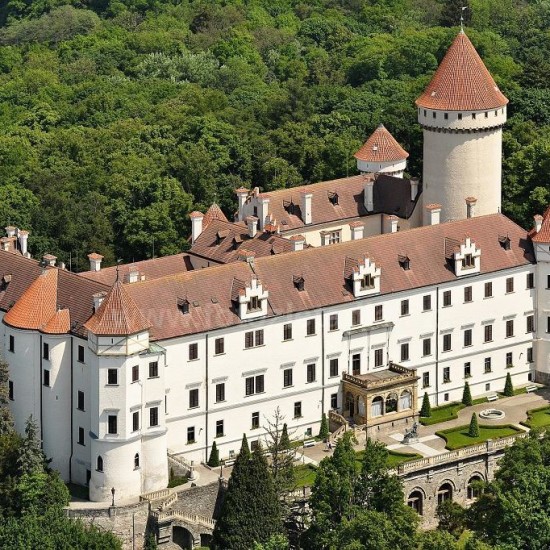
We look forward to hearing from you soon.
Feel free to write [email protected]
or click on our Contact page. An initial phone or Zoom consultation is free of charge.
Rachel Kaplan
President
